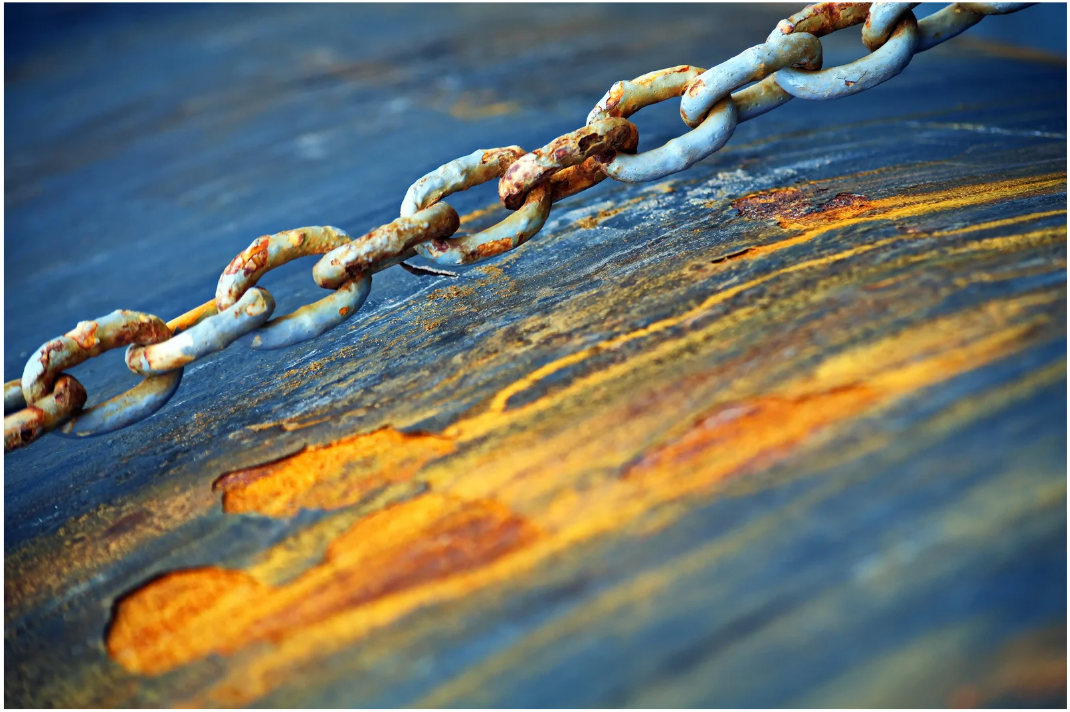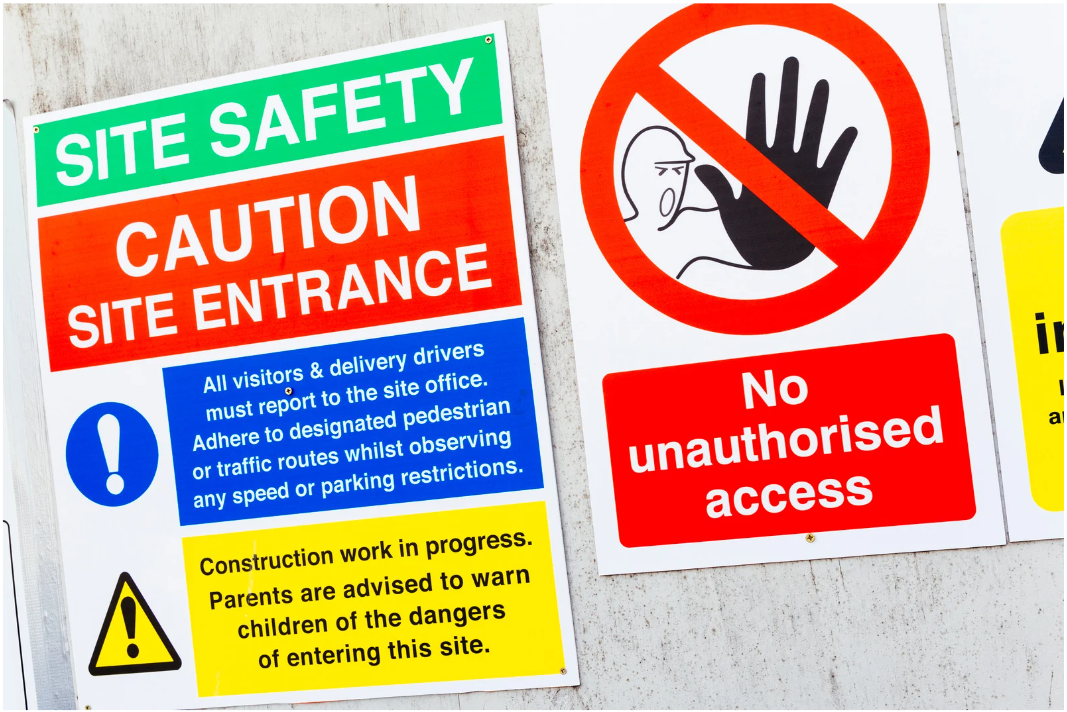[Blog] Top 10 Industrial Cleaning Challenges and How to Solve Them With Advanced Integrated Solutions
Maintaining cleanliness in industrial factories and warehouses presents more formidable challenges than in commercial or residential buildings. Each of the 10 challenges we will discuss has its own unique combination of solutions.
From harsh residues and hidden filth to covering football-field-sized spaces and handling hazardous chemicals, each obstacle to a pristine facility can be overcome by incorporating traditional cleaning methods and innovative autonomous solutions.
Solving the top 10 industrial cleaning challenges with integrated manual techniques and autonomous robots will help improve efficiency and safety in these demanding environments.
The 10 Critical Challenges in Industrial Cleaning
1. Stubborn Floor Residues

Industrial environments often accumulate stubborn to remove residues such as grease, oil, and paint. These dregs create slippery surfaces that can clog machinery to cause slowdowns or breakdowns which hamper productivity. These residues may seem insignificant, but they can also cause workplace accidents.
These materials necessitate specialized cleaning agents, arduous manual scrubbing by trained workers, and safety measures to sanitize them. Cleaning this residue and debris also takes much more time and effort for trained workers to clean.
By integrating autonomous cleaning robots equipped with advanced scrubbing and suction capabilities, the time and effort required to clean enduring residues such as grease, oil, and paint can be reduced. These robots can also automatically remove the most resilient residues, allowing the cleaning staff to focus on more complex cleaning tasks.
2. Grime and Filth in Tight Spaces

Workers can overlook tight, hard-to-reach areas like the corners behind equipment, gantries, pipework, and other crevices. These nooks accumulate dirt and scum, attracting pests like roaches and rats.
Standard cleaning tools aren't always practical, and businesses may need to pause their operations to address them. Additionally, facility operators must find the appropriate specialized tools and times to provide thorough cleaning and prevent buildup.
Workers can use vacuums with special attachments and other washers with extensions to reach these spaces. Also, autonomous cleaning robots, designed with compact and flexible features, can navigate these confined spaces without disrupting business activities. These robots ensure thorough cleaning in areas difficult for human workers to access, preventing buildup and maintaining a higher level of cleanliness.
3. Fire Hazard Prevention

One of the last catastrophes any business owner wants is a life-threatening fire. Flammable materials, such as fuels, solvents, and chemicals in industrial spaces, pose major fire risks because they can combust from heat sources or sparks due to their lower ignition points.
Even a low risk of fire threatens the safety of the facility, its workers, and nearby structures.
While fire suppression systems extinguish fires if they happen, preventative cleaning and maintenance methods are just as important. These involve traditional methods such as vacuuming up combustible dust, maintaining equipment, implementing stringent protocols, and using flammable-safe cleaning agents.
In addition, cleaning robots can strengthen these efforts by monitoring and cleaning fire-hazard areas, reducing the likelihood of human error.
4. Corroding Infrastructure and Equipment

Industrial processes, chemical storage and handling, environmental conditions, water sources, and high humidity expose industrial infrastructure to moisture and corrosive chemicals.
Equipment and infrastructure exposed to moisture and chemicals can lead to massive deterioration. Damaged infrastructure and equipment can result in dangerous malfunctions that can harm workers and devastate businesses.
Having specialists apply anti-corrosion treatments combined with consistent cleaning routines is essential for preventing equipment deterioration. Furthermore, cleaning robots can be programmed to perform precise routine cleaning tasks using anti-corrosion treatments. These autonomous routines guarantee that machinery and structural components are well-maintained, extending their lifespan and keeping spaces safe.
5. Large-scale Buildings

Warehouses and factories often span vast areas that require regular and deep cleaning to prevent contamination. Cleaning larger buildings requires more cleaning staff, increased cleaning supplies, and specialized equipment.
Keeping these expansive spaces hygienic or sterilized is labor-intensive for workers and costly for site operators.
Hiring experienced cleaning staff with special equipment for deep cleaning can help operators stay on top of maintenance. Along with professionals, autonomous cleaning robots are transforming industrial cleaning methods for massive warehouses and factories. These robots never tire, so they can cover large floor spaces without needing a break, maintain cleanliness, and alleviate some of the taxing workload from employees.
6. High Ceilings

Dust, dirt, grease, and mold can accumulate on high ceilings, catwalks, and exposed beams in warehouses and factories. These contaminants compromise indoor air quality, leading to potential health hazards for employees and visitors and posing a fire risk by serving as fuel to spread flames in the event of a fire.
Cleaning these areas demands specialized equipment like extendable tools and elevated platforms. Autonomous cleaning robots equipped with telescopic arms or drones can access these high ceilings, beams, or buttresses, keeping even the most inaccessible areas clean without putting human workers at risk.
7. Heavy Foot and Machine Traffic

Frequent foot and machine traffic on warehouse and factory floors is a complicated problem for cleaning and maintenance workers, especially during peak hours. Busy warehouses and factories interfere with cleaning, which causes inadequate maintenance. Eventually, dirt and filth can impair machinery, cause safety risks, decrease productivity, and increase the risk of accidents.
Launching a regular cleaning schedule for high-traffic areas and using heavy-duty equipment like floor scrubbers and sweepers can help workers maneuver around work shifts.
Autonomous cleaning robots can navigate busy areas with cutting-edge navigational and anti-collision sensors, cleaning without interfering with operations. These robots leave floors spotless in high-traffic environments without causing collisions or disrupting operations.
8. Handling Hazardous and Toxic Materials and Spills

Industrial facilities often handle hazardous materials that require careful handling and immediate response in case of spills. Improper handling of dangerous or toxic materials can cause severe health and environmental consequences.
If not contained, the spill can spread, causing a greater risk of exposure and resulting in fires, explosions, or other catastrophic incidents.
Traditional methods involve specialized cleaning materials and emergency response plans. Autonomous cleaning robots equipped with AI can scan environments, differentiate between equipment, debris, and spills, and instantly activate to handle hazardous spills.
Automatic scanning and sanitization considerably reduce the risk of human exposure to toxins. These robots can also work alongside human responders, reinforcing emergency responses.
9. Maintenance of Outdoor Areas

External areas like loading docks, entrances, ramps, and parking lots accumulate dirt, debris, and trash from outside the business. Due to exposure to outdoor elements, vehicle pollutants, and individuals shuttling in and out of the building, business operators must employ alternative maintenance strategies and methods for outdoor spaces.
Traditional outdoor maintenance involves using high-pressure washers, strategically positioning trash bins, and laying mats at entrances to minimize tracking outdoor debris into the facility.
Additionally, autonomous outdoor-cleaning robots can clean these areas and sweep up larger pieces of debris and trash. The robots can also adapt to changing conditions, keeping outdoor spaces well-maintained without requiring constant human oversight.
10. Safety Regulation Compliance

Due to diverse operations and complex processes, warehouses and factories struggle to implement uniform safety measures. Cost constraints can impede investments in safety equipment, training, and upgrading infrastructure.
Monitoring changing standards can also be difficult for resource-limited organizations. On top of this, workplace culture can resist updating these regulations. Failure to follow these laws can result in fines, disputes, and public outcry.
Traditional methods involve conducting regular site audits, equipping employees with PPE, implementing strict protocols, and providing ongoing training to help companies adhere to standards that showcase responsibility and uplift brand reputation.
Autonomous robots can also assist in maintaining compliance with data logging capabilities. These data catalogs support businesses to comply with safety regulations by providing detailed records for audits and inspections.
Conclusion

Maintaining industrial spaces involves overcoming complex challenges that require a blend of specialized manual cleaning techniques and innovative robotic solutions. Autonomous cleaning robots are indispensable in industrial facilities, offering significant efficiency, safety, and cost-effectiveness benefits.
By embracing traditional and advanced cleaning methods, warehouses and factories can address their unique challenges, ensuring a clean, safe environment and staying competitive.
Stay Tuned for September 10th when Pudu Robotics will launch its new, enhanced, sustainable, and robust intelligent industrial cleaning solution!
Click here to discover more about Pudu Robotics' current cleaning technologies and autonomous cleaning robots.